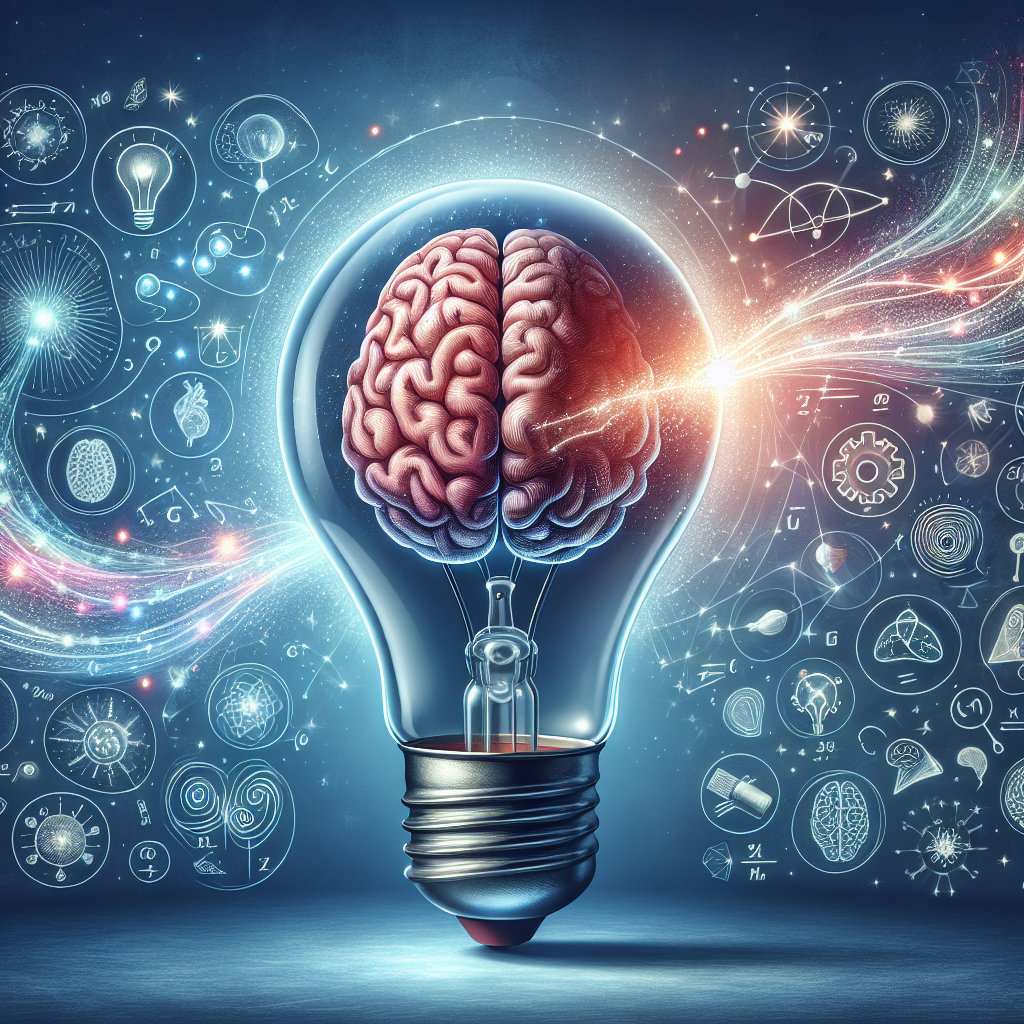Welcome to the fascinating world of neuroplasticity—the remarkable ability of our brain to adapt, change, and rearrange itself throughout our lives. This unique feature has profound implications for understanding learning, memory, and even recovery from brain injuries. Let’s dive deeper into how neuroplasticity shapes our brain function and what it means for us.
What is Neuroplasticity?
Neuroplasticity, often referred to as brain plasticity, is the brain’s ability to reorganize itself by forming new neural connections. This adaptability allows the brain to compensate for injury, adjust its activities in response to new learning experiences, and even change in response to various environmental demands.
The Science Behind Neuroplasticity
Neuroplasticity can be classified into two main categories:
- Functional Plasticity: This refers to the brain’s ability to move functions from damaged areas to undamaged areas.
- Structural Plasticity: This involves the brain’s ability to physically change its structure in response to learning and experience.
These processes occur throughout our lives but are especially prominent in childhood when the brain is rapidly developing. Remarkably, neuroplasticity continues well into adulthood, allowing for continuous growth and adaptation.
How Neuroplasticity Shapes Learning and Memory
One of the most exciting implications of neuroplasticity is its role in learning and memory. When we learn something new, our brains form new synaptic connections. The more we engage with that information, the stronger those connections become. In simpler terms:
- Repeated practice strengthens the neuronal connections.
- New experiences create new pathways in the brain.
For example, learning a new language or instrument relies heavily on neural changes, showcasing how neuroplasticity helps us adapt and grow cognitively.
Neuroplasticity in Rehabilitation
Neuroplasticity is a key factor in rehabilitation following brain injuries such as strokes or traumatic brain injury. When parts of the brain are damaged, other areas can adapt and take over those lost functions. Rehabilitation techniques often harness neuroplasticity to aid recovery. For instance:
- Physical Therapy: Exercises designed to promote movement can encourage the brain to rewire itself.
- Cognitive Therapy: Engaging in puzzles or memory games can help restore cognitive functions.
This understanding has led to innovative approaches in treating brain injuries, emphasizing the brain’s remarkable capacity for recovery.
Factors Affecting Neuroplasticity
While neuroplasticity is a powerful mechanism, several factors can influence its effectiveness:
- Age: Younger brains tend to be more plastic, but adults can still experience significant changes.
- Environmental Enrichment: A stimulating environment with opportunities for learning enhances neuroplasticity.
- Physical Activity: Regular exercise promotes brain health and encourages neuroplastic changes.
- Mental Health: Conditions like depression or anxiety can hinder neuroplasticity, making mental wellness crucial.
Practical Applications of Neuroplasticity
Understanding neuroplasticity opens up a wealth of practical applications in everyday life:
- Education: Incorporating strategies that leverage neuroplasticity can enhance learning outcomes in students.
- Mental Health: Therapies designed to promote adaptive thinking can help reshape negative thought patterns.
- Personal Development: Engaging in new hobbies or skills can stimulate brain growth and foster lifelong learning.
Conclusion
Neuroplasticity is an incredible testament to the adaptability of our brains. Its ability to rewire and reorganize has far-reaching implications not only for our cognitive health but also for our overall well-being. By understanding how neuroplasticity works, we can actively engage in practices that promote brain health and adaptability at any age. Whether through learning, rehabilitation, or personal development, embracing the mysteries of neuroplasticity can lead to exciting brain transformations and improved life quality.
FAQs
1. Can neuroplasticity occur after brain injuries?
Yes, neuroplasticity allows the brain to adapt and reorganize itself, which is crucial for recovery post-injury. Rehabilitation therapy often utilizes these principles to help restore lost functions.
2. At what age does neuroplasticity decrease?
While neuroplasticity is most prominent in childhood, it continues throughout adulthood. Older adults can still benefit from neuroplastic changes, though younger brains are typically more adaptable.
3. How can I promote neuroplasticity in my daily life?
Engaging in new learning experiences, physical exercise, mental challenges, and a stimulating environment can all promote neuroplasticity.
4. Is neuroplasticity beneficial for mental health?
Absolutely! Neuroplasticity can help reshape negative thought patterns and improve overall mental wellness through various therapies and practices.
5. What role does physical exercise play in neuroplasticity?
Regular physical activity increases blood flow to the brain, promoting the production of neurotrophic factors that support neuroplastic changes and overall brain health.





